There are plenty of popular but unproven diet myths and fads; one of which has managed to stand the test of time is the notion of ‘negative calorie foods’. In theory, negative calorie foods require more energy to digest than what they contain, which results in an energy deficit, and are generally characterized by a high water and fiber content. Although many negative calorie foods are actually low in calories and are good sources of dietary fiber, they still contribute to a daily energy intake and are not exactly ‘negative calorie’ in nature. However, they do create a negative energy balance which leads to a loss of body mass.
Even though negative calorie foods are a myth, they still are nutritious, low in calories, and rich in fiber and water content, which is why they can be included in a healthy weight loss regime.
Here are some low-calorie foods that can help you in your weight loss journey:
10 Low-Calorie Foods for Weight Loss
1. Asparagus
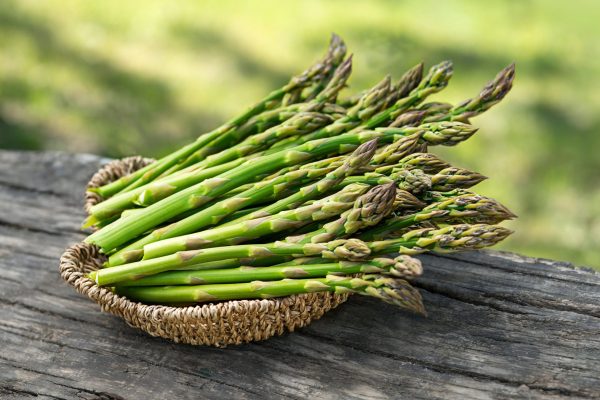
Asparagus is a flowering vegetable that has two basic varieties — white and green. All types of asparagus are nutritious and contain a variety of vitamins, minerals, and antioxidants. It is a good source of vitamin C, an excellent source of folate, and contains glutathione — an antioxidant that has several health benefits.
While 64 grams of raw asparagus provides 14 kcal whereas half a cup of cooked asparagus provides 22 kcal.
2. Beets
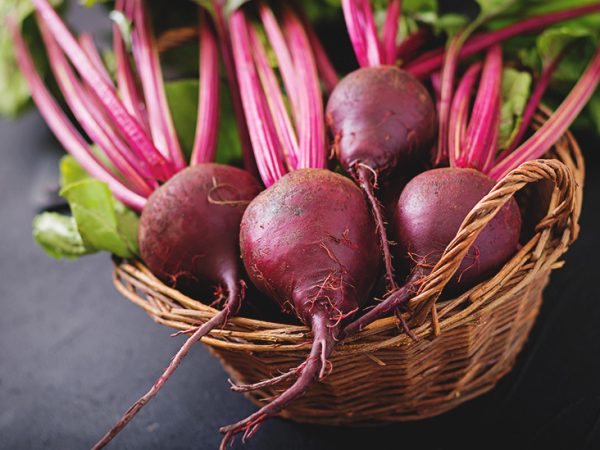
Beets are round, firm root vegetables with edible, leafy green tops. They are good sources of nutrients such as folate, vitamin A, vitamin C, riboflavin, and magnesium. Beets also contain phytonutrients and phenolic compounds that have heart-health-promoting properties.
Half a cup (85 grams) of beets has about 37 kcal and 87 percent water.
3. Broccoli
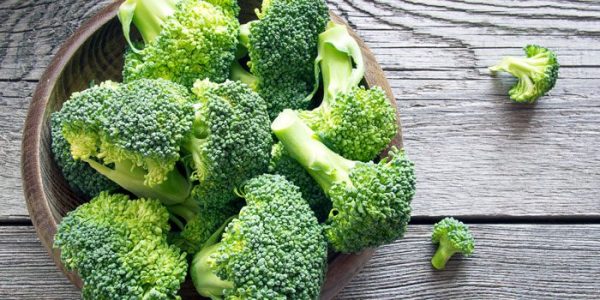
Broccoli is a dark-green cruciferous vegetable that is closely related to the family of cabbages, cauliflowers, and brussels sprouts. It is high in vitamins A and C, and phytochemicals, including isothiocyanate, indoles, and bioflavonoids.
Furthermore, research has proven that the numerous antioxidants found in broccoli lower the risk of developing conditions like heart disease and certain types of cancer.
Half a cup (44 grams) of raw broccoli provides 12 kcal, and half a cup (78 grams) of cooked broccoli provides 22 kcal.
4. Cabbage
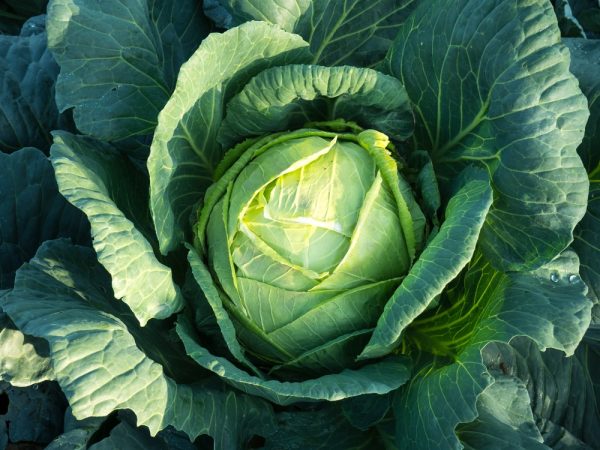
Cabbage is another cruciferous vegetable with loosely or tightly compacted leaves that range from pale-green to dark purple-red, depending on the variety. It contains significant amounts of nitrogen compounds called indoles — a type of phytochemical that helps to prevent certain types of cancer.
Generally, cabbage is high in vitamin C, and 70 grams of cabbage provides about 18 kcal and 92 percent water.
5. Carrots
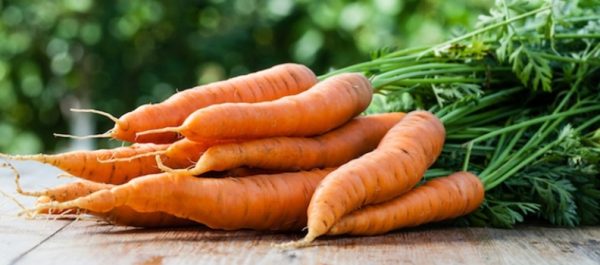
A medium-sized raw carrot (61 grams) provides 26 kcal of energy. It is a good source of fiber and an excellent source of beta-carotene which is important for healthy vision.
Carrots also contain two other carotenoids — alpha-carotene and lutein. Carotenoids are responsible for carrots’ bright red color and have anti-oxidant properties that help prevents cancer and heart disease.
Note that cooking carrots makes them more digestible and increases the availability of vitamin A in the body.
6. Celery
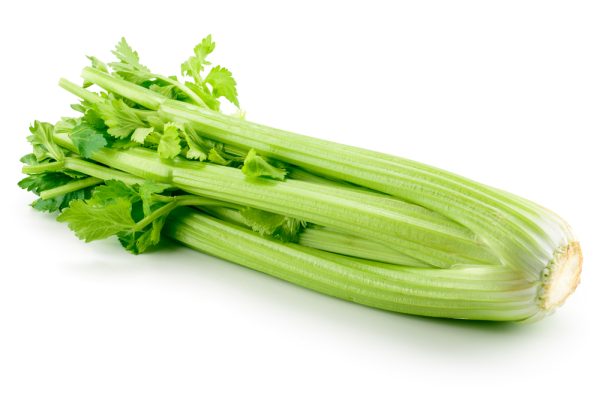
Celery has a crisp texture and distinctive sharp, earthy flavor. While it is rich in vitamins A and C, folate, and potassium, it is low in calories and provides 13 kcal per 80 grams.
With a high water content (95 percent), celery is considered an ideal snack food.
7. Cucumber
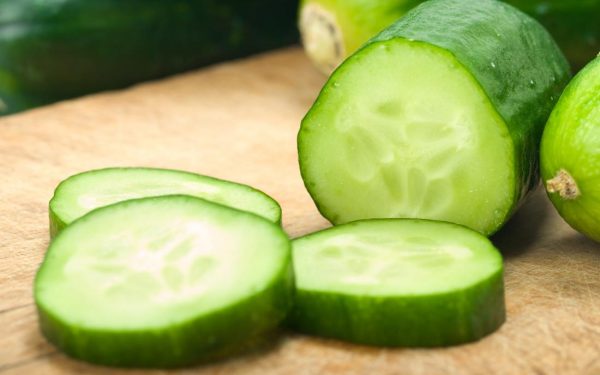
The cucumber belongs to the family of gourds, melons, and squashes. It is largely composed of water and small amounts of nutrients. Since cucumbers are mostly water, they are low in calories — half a cup (52 grams) has only seven kcal.
With its high water content, the cucumber is especially refreshing in warm weather. It can be chilled and eaten fresh, pickled, and even added to salads or sandwiches.
8. Lettuce
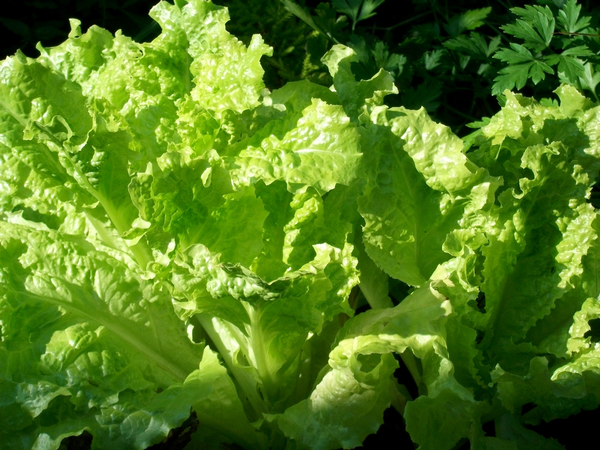
Lettuce is often used in kinds of salads, and sandwiches. It is extremely low in calories — 56 grams of lettuce gives only eight kilocalories. Depending on the variety, lettuce can be a good source of folate and a good to an excellent source of vitamin C.
9. Tomato
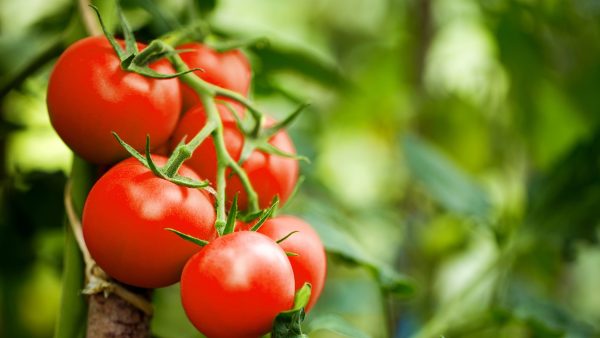
Tomatoes contain vitamins A (carotenes) and C. Red tomatoes also contain lycopene — an antioxidant that helps to protect the body against cancer. Research shows that a tomato-rich diet may prevent strokes, heart disease, and certain types of cancers.
One medium-sized (123 grams) raw tomato gives about 26 kcal.
10. Zucchini
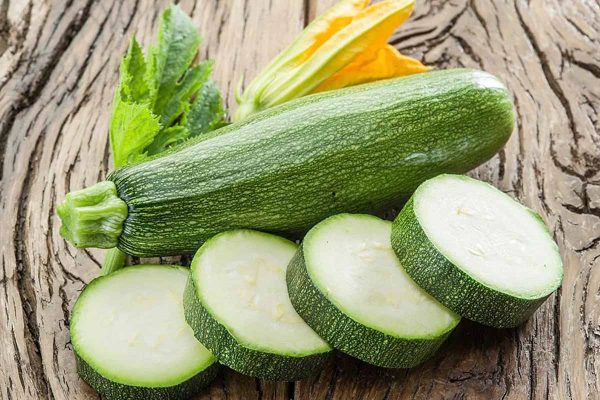
Zucchini is a green, summer squash that is quite low in calories, with only 27 kcal per 180 grams. The phytochemicals found in it promote bowel regularity and aid water balance in the body.
Such low-calorie plant-based foods are great additions to a balanced eating plan. Instead of focusing on individual foods, one should work on establishing an eating pattern that incorporates a balanced variety of foods. This approach can lead to adopting long-lasting healthier eating habits.
Moreover, before starting a weight loss program, consult a dietitian or a nutritionist who will create a realistic and healthful eating plan for you that will be based on your lifestyle and preferences.







